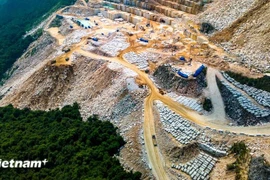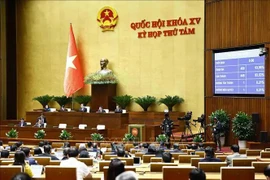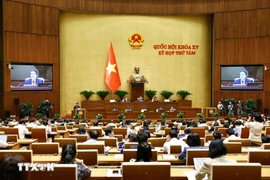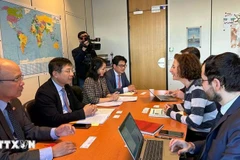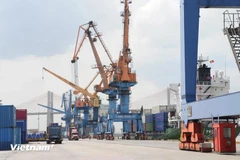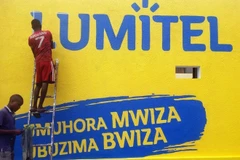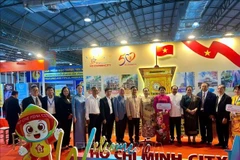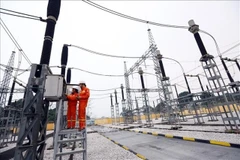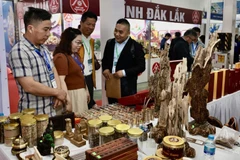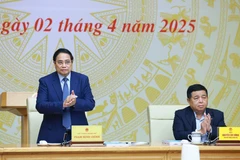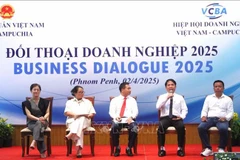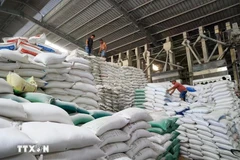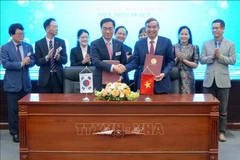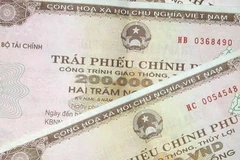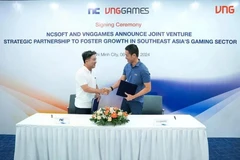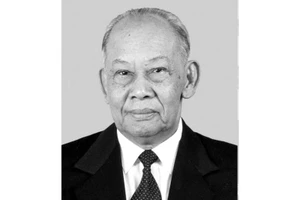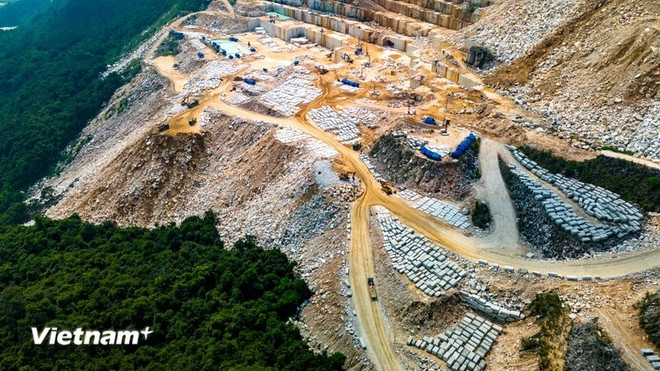
Hanoi (VNA) - The Geology and Mineral Law was passed by the 15th National Assembly during its 8th session and will officially take effect on July 1, 2025. The legislation is anticipated to provide a robust legal foundation, strengthening state management over mineral resources while promoting geological surveys and the sustainable development of the mining industry.
Taking action to implement new law
In an interview with reporters, Dr Nguyen Truong Giang, Director of the Vietnam Department of Minerals under the Ministry of Natural Resources and Environment, emphasised that for the new policy to be effectively implemented, lawmakers and regulatory agencies are making thorough preparations, particularly in drafting high-quality supporting legal documents.
Reporter: What are the key objectives of Vietnam’s geology and mineral sector following the enforcement of the new law on July 1, 2025?
Dr Nguyen Truong Giang: The approval of the Geology and Mineral Law in 2024 marks a significant milestone in the management, exploitation, and sustainable use of mineral resources.
Following its passage, we have devised a detailed implementation plan. The primary focus is on developing a comprehensive system of legal documents, including decrees and circulars, to ensure consistency, feasibility, and practical application.
Additionally, we are formulating an action plan, working closely with ministries, sectors, and local authorities to facilitate the law’s adoption. A key aspect of this effort is raising awareness by disseminating information on the law’s new provisions to government agencies, businesses, and the public.
Our implementation strategy also aims to enhance administrative reforms, improve oversight of mining activities, and integrate digital technology into resource management.
Reporter: What progress has been made in drafting the necessary decrees and circulars under the new law?
Dr Nguyen Truong Giang: The Vietnam Department of Minerals and the Vietnam Department of Geology, both under the Ministry of Natural Resources and Environment, are actively working on the required decrees and circulars.
Currently, we have completed a draft decree detailing key provisions of the law and are developing a decree on administrative penalties for violations in the mineral sector. These drafts are being reviewed by relevant agencies, experts, and stakeholders.
Additionally, we are drafting circulars to guide the implementation of licensing, resource management, environmental protection responsibilities, and penalty mechanisms. These documents will be finalised and ready for enforcement by July 1, 2025.
We are conducting a transparent and inclusive drafting process, gathering input from experts, businesses, and civil society organisations to ensure the regulations are practical and effective.
To address bottlenecks in supplying levelling materials for national infrastructure projects, we are expediting the drafting of a decree and a circular on streamlined procedures for Group IV minerals. These documents are expected to be submitted for government approval and take effect by January 15, 2025.
Ensuring effective implementation of the law
Reporter: You mentioned that the law aims to “remove barriers” and unlock resources. What challenges have you encountered in implementation, and how do you plan to overcome them?
Dr Nguyen Truong Giang: The biggest challenge is balancing strict regulations with practicality, ensuring clear, enforceable policies that align with local realities.
To achieve this, we must harmonise interpretations among agencies regarding mineral exploitation principles in accordance with national planning.
Another major challenge is striking a balance between resource extraction, environmental protection, and ensuring benefits for the state, businesses, and communities. We are organising workshops and discussions to refine our legal framework, incorporating input from diverse stakeholders.
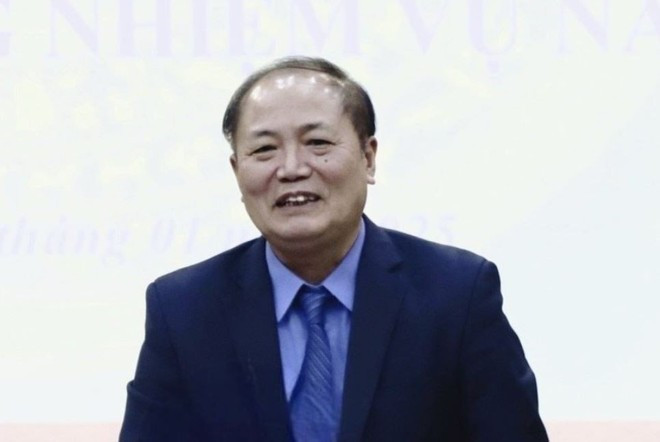
Reporter: What steps are being taken to effectively communicate and enforce the law among government agencies, businesses, and the public?
Dr Nguyen Truong Giang: Disseminating the new law is crucial to ensure proper understanding and compliance. We have developed a detailed communication strategy.
First, we will collaborate with relevant units within the Ministry of Natural Resources and Environment to conduct specialised training sessions for government agencies at both central and local levels, as well as for businesses in the mining sector. These sessions will focus on key updates, major regulatory changes, and procedural requirements under the new law.
We will provide clear guidance on licensing procedures, financial obligations, and environmental protection standards.
To strengthen local implementation, we will conduct in-depth training for regulatory personnel to ensure they fully grasp the law and its supporting regulations. We will also organise direct dialogues with businesses and the public to address concerns and clarify enforcement measures.
Furthermore, we are developing legal handbooks and digital resources to facilitate public access to information. These materials will be available online for broader outreach.
We are leveraging mass media, including newspapers, television, government websites, and social media, to expand public engagement—especially among communities directly impacted by mining activities.
Additionally, we are enhancing the use of digital technology by creating an online information portal to improve transparency and accessibility of regulations.
With a well-structured implementation plan and strong inter-agency coordination, we are confident that the Geology and Mineral Law will be effectively enforced, contributing to sustainable resource management in the coming years.
Reporter: Thank you for your sharing!
